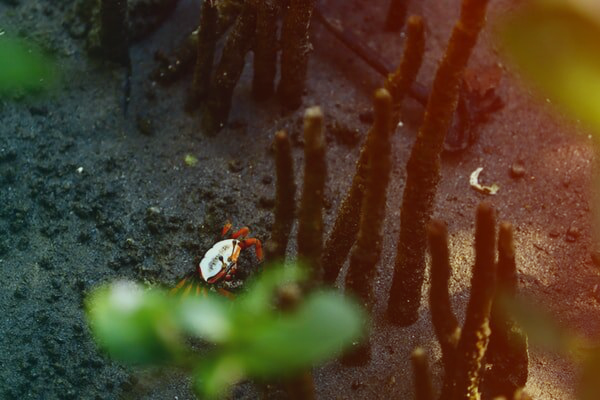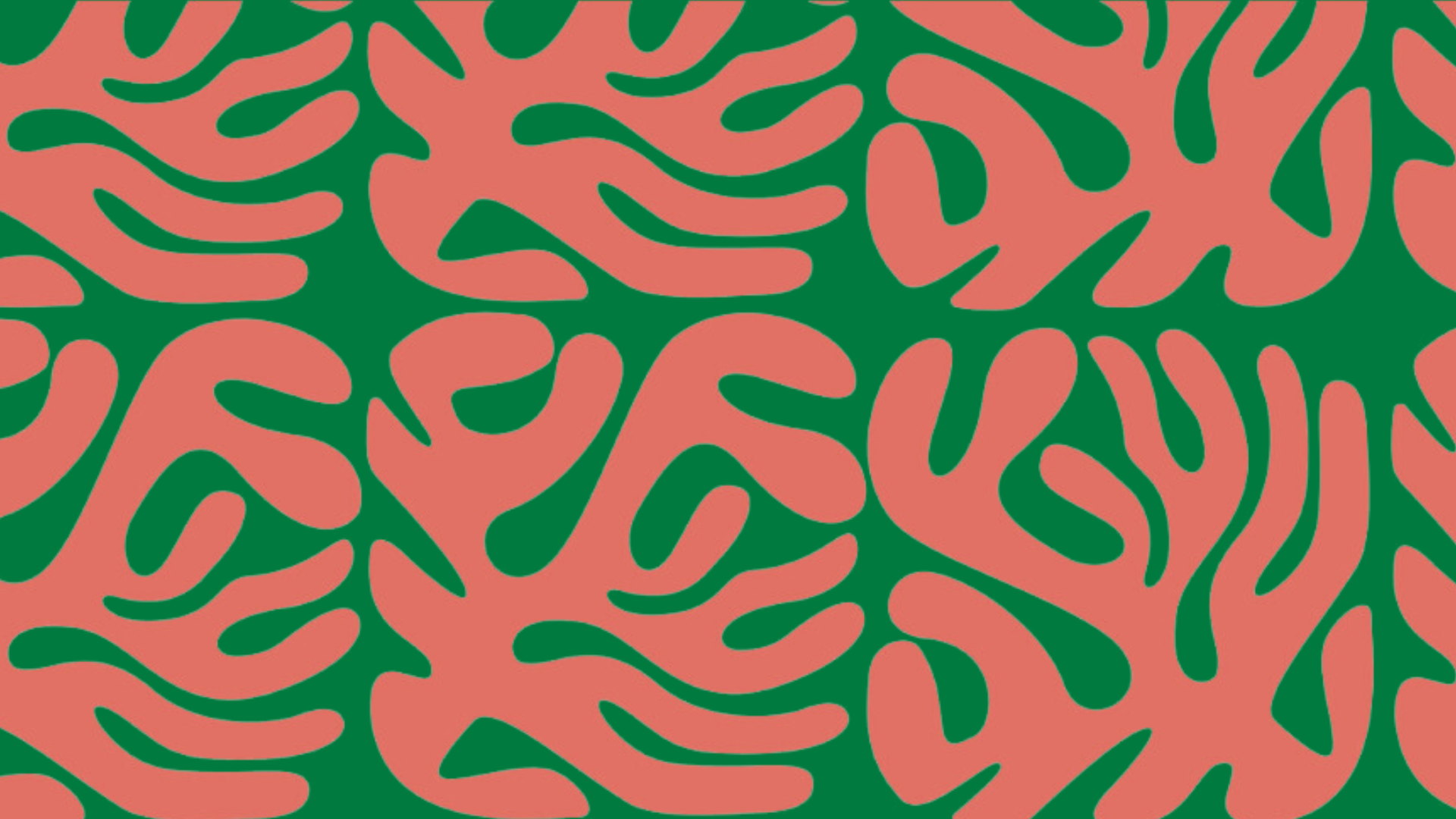
Roatan
and Biology.
Biophysics.
The biological and landscape richness that surrounds the Bay Islands and Roatan's Marine Park is undoubtedly one of the main reasons behind the creation of the Park as such.
Biological Characterization
The amplitude in the conservation objects for the National System of Protected Areas and Wildlife of Honduras (Sistema Nacional de Áreas Protegidas y Vida Silvestre de Honduras "SINAPH"), encompasses a wide range of protections and conservations efforts around the biophysical resources represented by the Park. The efforts focus primarily on five main categories:
Marine grasses.
Coral reefs.
Mangroves, estuaries and coastal lagoons.
Migratory species.
Reproduction of marine organisms.
The following is a review of the main biophysical characteristics in the framework of conservation objectives. This revision mainly comes from a synthesis of the transcendental legacy biophysical studies developed within the scope of the Bay Islands Management Plan, and also agglomerates from recent technical-scientific contributions that have been published about the biophysicists' resources of the Bay Islands.
Biosphere.
Biodiversity on Roatan
The biodiversity around Roatan and The Bay Islands is extensive, and its greatest wealth is found mainly in the reef ecosystem.
The marine-costal biological diversity of the Bay Islands is high. This is particularly true for organisms living 30 m deep in the reefs. And our estimates include the biological wealth for other important marine groups such as annelid worms, mollusks, crustaceans, and echinoderms, which contain many cryptic and nocturnal species, which are difficult to observe during daytime scuba diving expeditions. This is particularly true for species living at greater debts than allowed in recreational scuba diving.
Based on the most reliable records, there some 666 species in and around the waters bordering Roatan & the remaining islands in The Bay Islands. Generally speaking, these species fall into the following classification groups:
6 species Of marine mammals
91 species of algae
15 species of phanerogamous plants
53 species of sponges
138 species of Nidaros (corals)
9 species of worms annelids and flatworms
48 species of mollusks
45 species of crustaceans
four species of bryozoans
31 species of echinoderms
213 species of fish
6 species of reptiles
7 species of birds
one species of protozoa
one species of cyanobacteria

Roatan is
Biodiverse.

